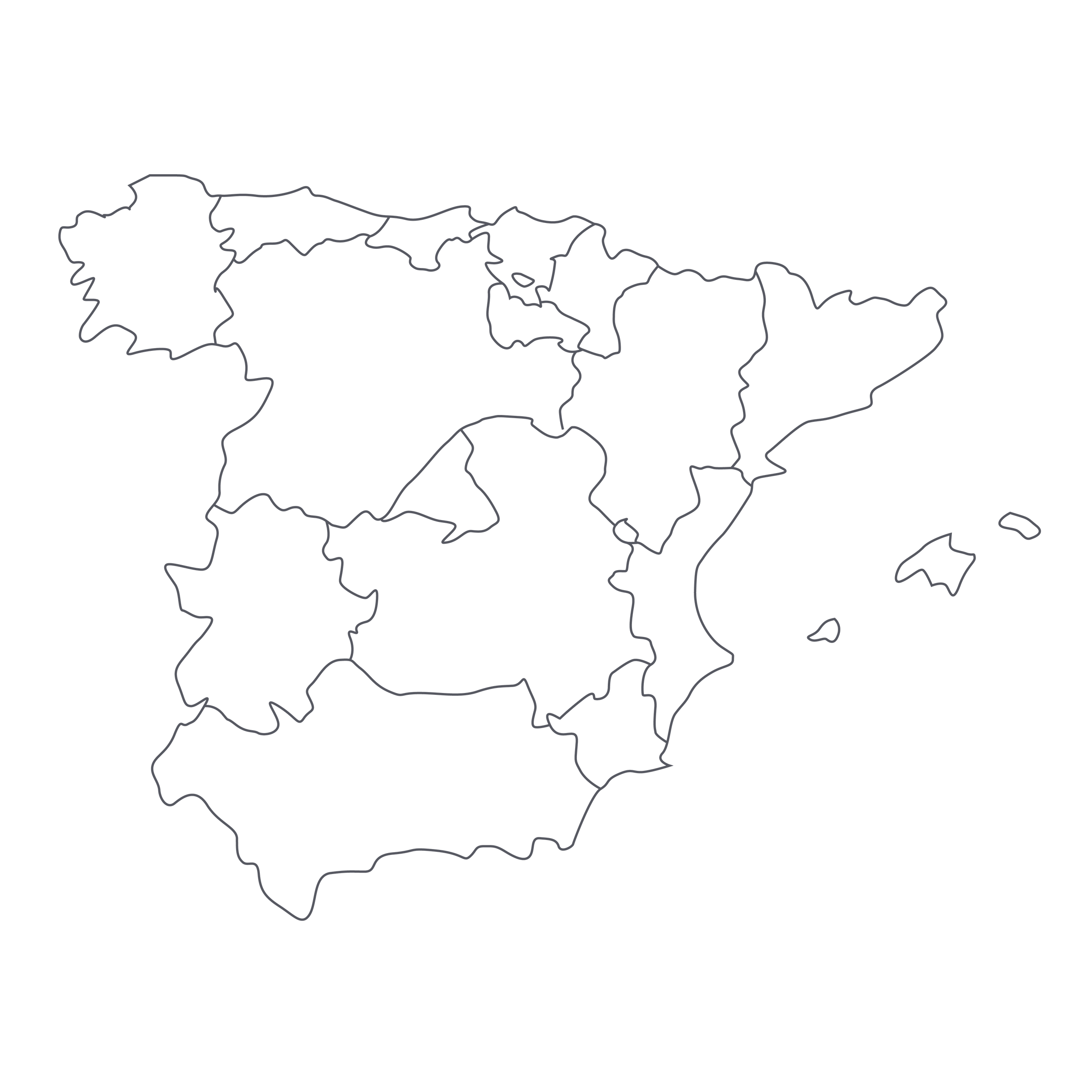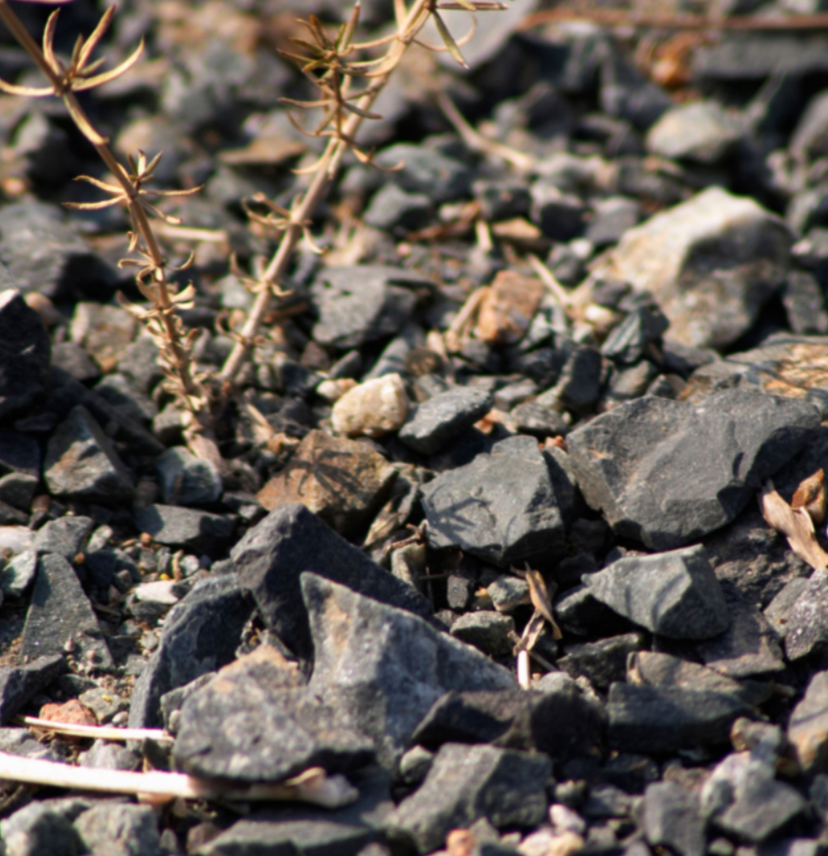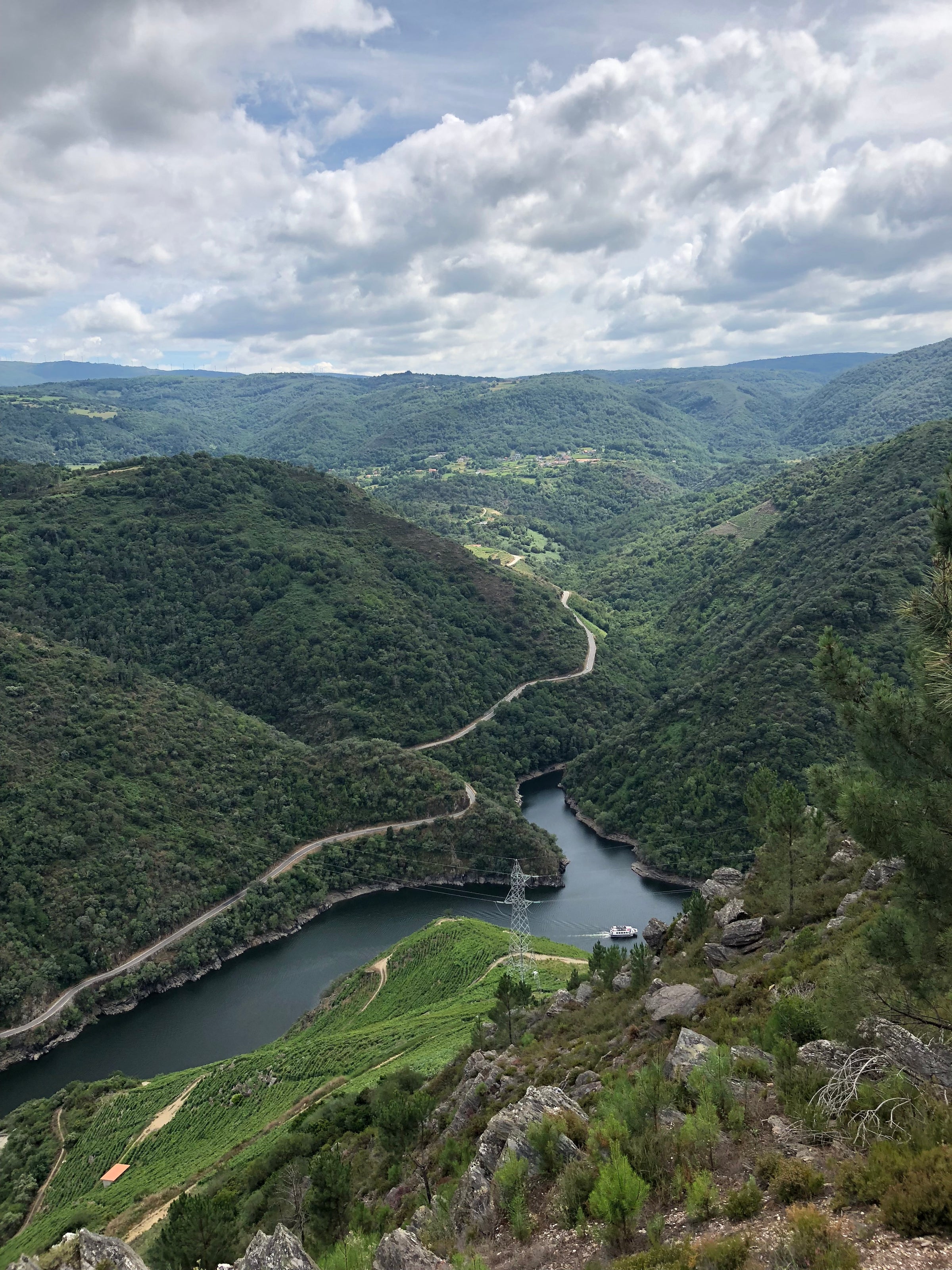SommSelect Editorial Director David Lynch welcomes this fresh perspective from Spain’s inimitable Priorat region—just the latest Grenache-based red to raise eyebrows around here:
For us, the arrival of an important “new” wine producer—or, more accurately, a newly imported wine producer—is akin to having The Beatles on American soil for the first time (complete with hysterical squealing). About a month ago, one of the top Spanish wine importers in the US, De Maison Selections, hosted a portfolio tasting in San Francisco, where I got to taste a range of superb wines from Costers del Priorat. I got the chance to chat with winemaker José Mas Barberà and became an instant groupie, eager to share the wines with the guys back at SommSelect HQ. This wine, “Petit Pissares,” is a revelatory Priorat: Based entirely on the region’s two traditional grapes, Grenache and Carignane, this 2015 is not nearly as massive as most reds from this fast-rising region. It is characteristically dark and voluptuous, yes, but its energy, perfume, and more modest scale are a thing apart for those accustomed to more overpowering styles of Priorat. This is old-vine Grenache and Carignane with a distinctive soil character; brightness and drinkability; and an extremely reasonable price. I think José Mas Barberà is poised to be a rock star here, especially once these wines fully infiltrate the restaurant/wine bar scene. It’s the kind of Priorat I hope to see more of—check it out and I’m confident you’ll agree.
In describing their search for a Priorat wine to bring in—if you’re a Spanish wine buyer, you need a Priorat (or two), as this has become perhaps the most important red wine region in Spain after Rioja—the importers were unequivocal (and in my view, maybe a little harsh). Here’s some text from De Maison introducing their new find:
“Priorat is an extreme terroir, marked by its unique slate soils (licorella) and impossibly steep hillside vineyards (costers). The climate is harsh, with bitterly cold winters and summers bathed in an intense Mediterranean sun. The resulting wines have historically been quite challenging, with high alcohol, bitter tannin, and a general lack of balance or drinkability. Quick international fame in the 1990s generated by a few flashy wines only exacerbated problems, as an addiction to new oak became rampant. Wines took years to come around, if at all, and the rush to imitate the highly acclaimed wines created higher and higher prices. The confluence of these factors made it very difficult to find wines we believed in, both in quality and price.”
Well, then…I wouldn’t say that Costers del Priorat is the only producer in the zone with a ‘traditional’ bent, but there’s no doubt that many of the best-known, highest-rated Priorat wines have featured not just a healthy dose of “international” grapes (like Cabernet Sauvignon), but an often punishing amount of new, expensive oak (I’ve tasted a few that make me feel like I’m in the lumber department at Home Depot). This is a place with a winemaking tradition going back to the 12th century—Priorat translates as ‘priory,’ and its first winemakers were Carthusian monks—but it was only after the arrival of famed Catalonian wine powerhouse René Barbier (and a few others) in the early ‘90s that a revival of the region’s fortunes began in earnest. Priorat is a place of incredible natural beauty, with vines perched on steep terraces of schist and black slate—the aforementioned llicorella, which contributes an inimitable minerality to the wines.
The Priorat appellation is only the second Spanish wine zone (after Rioja) to receive the country’s highest DOCa (Denominación de Origen Calificada) classification, and the aging requirements (in wood and bottle) for its wines closely mirror those of Rioja (crianza, reserva, etc.). The wine is sourced from three old-vine, high-altitude sites in the villages of Bellmunt, Torroja, and El Molar. A blend of 60% Garnacha (Grenache) and 40% Samsó (Carignane), the parcels and varieties were fermented separately with native yeast, then blended and aged 12 months in 30-hectoliter Slavonian oak foudre. Each village brings its own distinct characteristics to the blend, as the various micro-climates of Priorat yield vastly different results. The youngest wine at the estate, Petit Pissarres is a burst of fresh red fruit balanced by Mediterranean herbs, vibrant and open on the palate. The underlying minerality of the llicorella soil is there, lengthening the taste and inviting another one. It is a great example of a regional wine and a perfect introduction to a new, fresher take on Priorat.
In the glass, the 2015 “Petit Pissarres” is a deep, nearly opaque ruby moving to magenta at the rim. The aromatics show off characteristics of both grapes in the blend: the Grenache brings cherry kirsch, strawberry, raspberry, and dried herbs, while the Samsò adds a bass line of roasted meat, toffee, licorice, and black fruits. Texturally, it is velvety but bright—there’s plenty of delicious fruit extract without being excessive, with the slightest kiss of toasty oak and stony minerality on the finish. It is a plush and youthful red to enjoy now and over the next few years: Decant it about 30 minutes before serving in Burgundy stems at 60-65 degrees. Some of the flavors here have me thinking of barbecue, but with a Spanish tilt. Check out the attached recipe; they recommend a different wine, but I feel very good about this one. It is fantastic.
Salud! — D.L.





